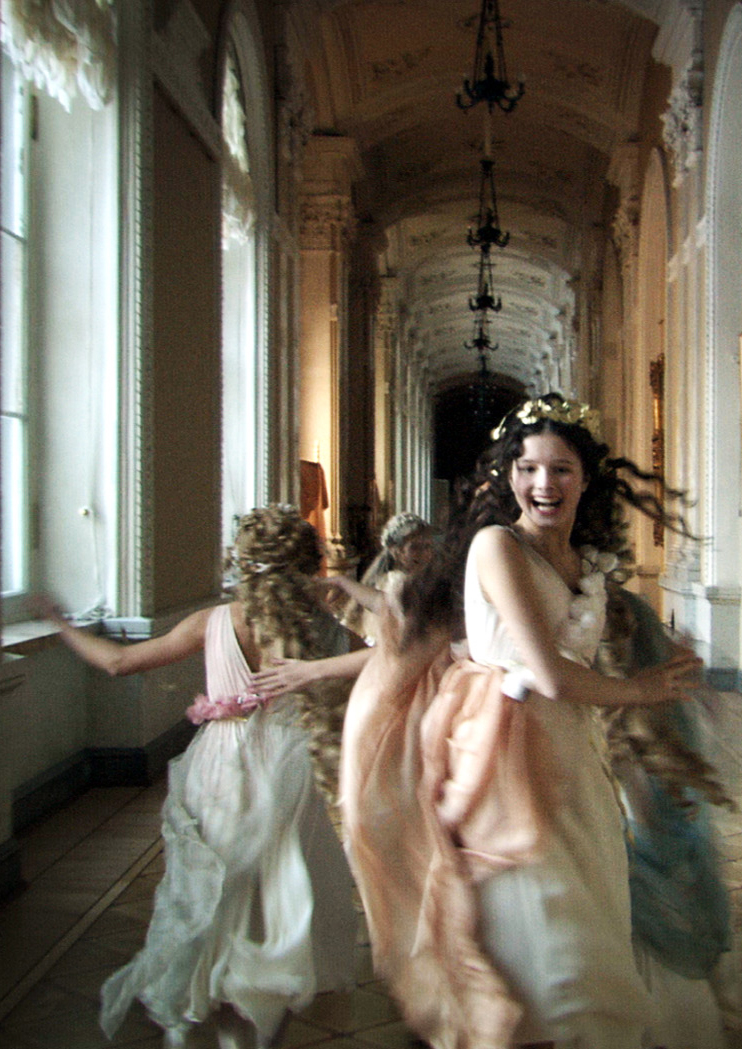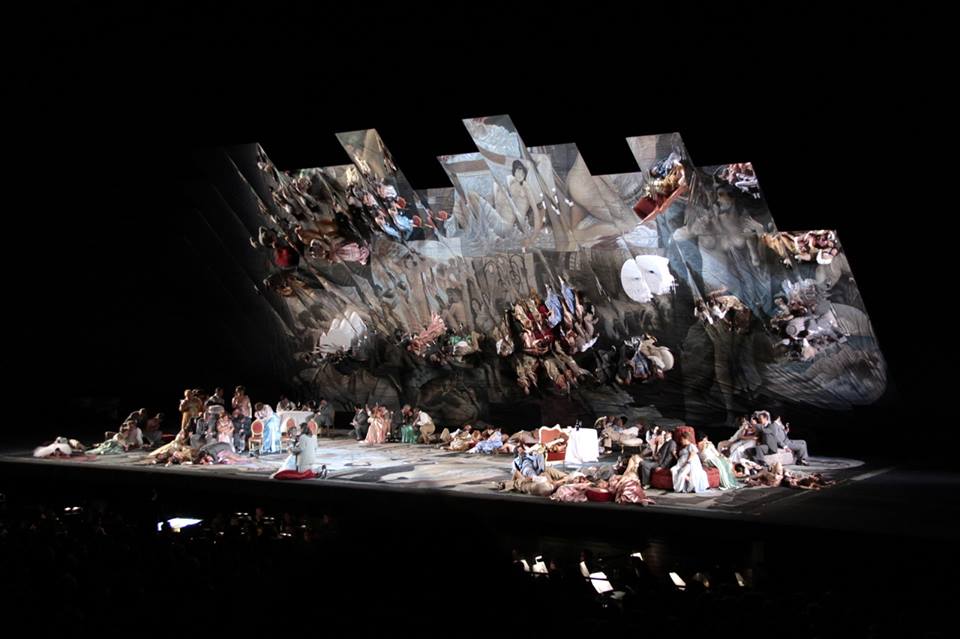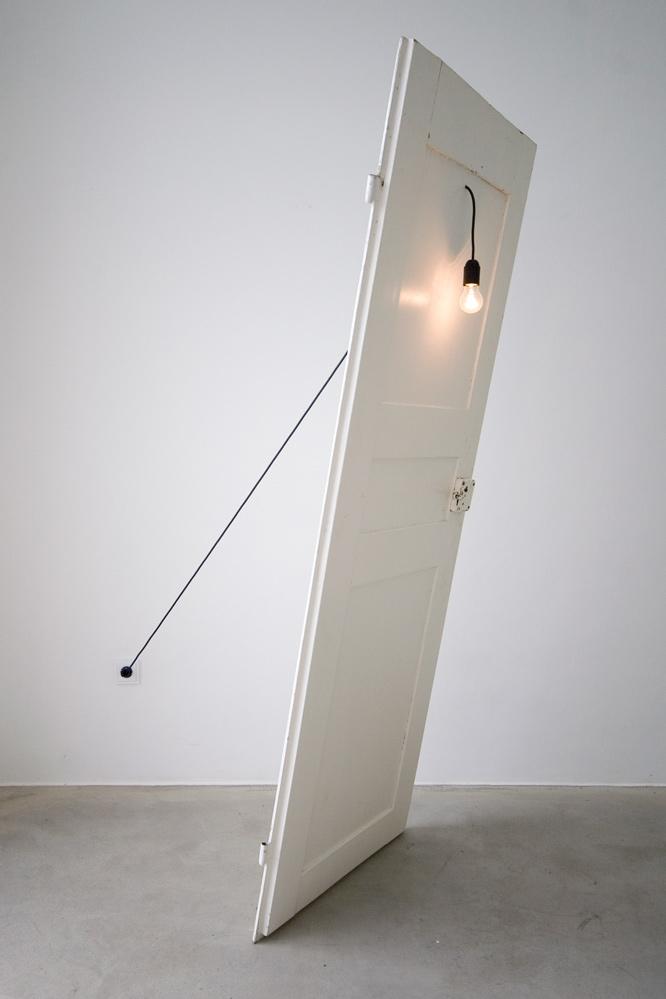جوزيف سفوبودا
ЙОЗЕФА СВОБОДЫ
la traviata de verdi (Scenografia)
La technologie et la scénographie
Svoboda utilise les techniques de pointe en éclairage, en projection d’image et en mécanique de scène (scène cinétique) afin de s’affranchir des contraintes du lieu théâtral. La scène est pour Svoboda un instrument et un espace magique, lieu d’action de forces dramatiques, réelles, et non pas un espace illusionniste. La scénographie est une des disciplines de l’art théâtral, une composante de la mise en scène et un élément essentiel de la représentation. Elle doit donc d’être dynamique et se transformer dans le temps pour épouser l’action dramatique. La scénographie a un langage propre en tant que discipline à part entière. Svoboda apporte une contribution importante à ce langage par son travail sur la lumière et l’espace.
Lumière, matière et espace
Svoboda dit percevoir la lumière physiquement, et non pas simplement visuellement ; il trouve en elle l’inspiration pour son travail. Tout en reconnaissant son statut ” immatériel “, il la considère comme l’élément fondamental de la scénographie et la traite comme un matériau. D’abord formé en menuiserie, Svoboda affectionne particulièrement les matières brutes, notamment le bois. L’architecture représente pour lui, et ce dès son jeune âge, la somme des connaissances humaines. Formé en architecture d’intérieur, il s’intéresse à l’organisation de l’espace, à la rencontre scénique de l’architecture et du décor. Il privilégie les formes simples : la sphère, le cube et l’escalier. Svoboda croit que ” la mise en scène à l’italienne, bien qu’elle ne corresponde plus aux exigences des méthodes scénographiques actuelles, reste toujours la meilleure “.









